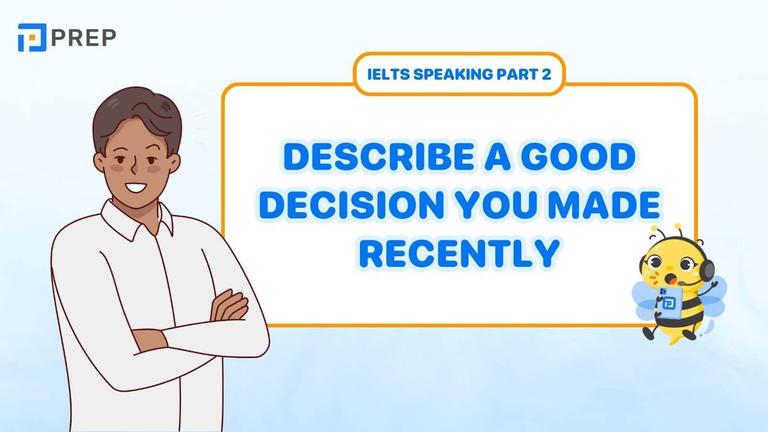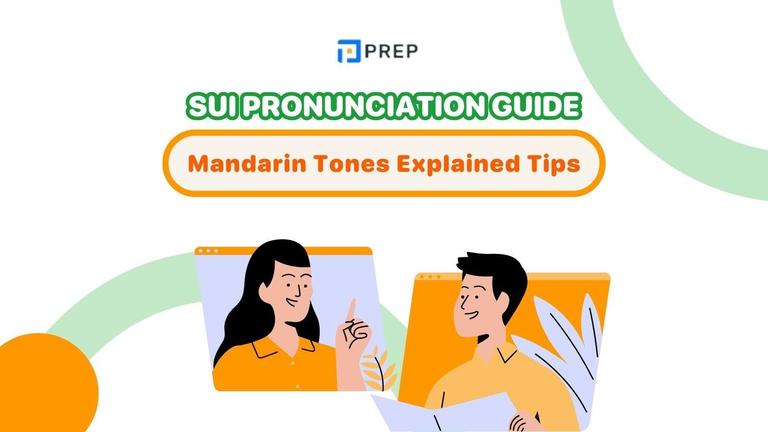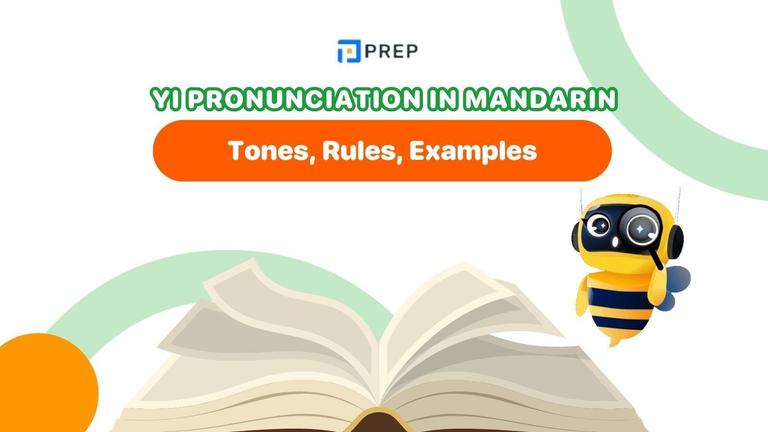The Shadowing Technique: A Practical Method to Sound More Natural in English
Learning English fluency often feels like climbing a mountain with missing steps. You understand grammar rules perfectly, your vocabulary spans thousands of words, and you can read complex texts without breaking a sweat. Yet when conversation time arrives, something breaks down between your brain and your mouth. The words stumble out slowly, awkwardly, robbing you of the confidence you deserve. This frustrating gap between passive knowledge and active speaking ability haunts millions of English learners worldwide.
The shadowing technique offers a direct bridge across this chasm. Unlike traditional study methods that focus on memorization or grammar drills, shadowing transforms your relationship with spoken English from the ground up. This method trains your mouth, ears, and brain to work together as a synchronized unit, creating the muscle memory and rhythm that native-like fluency demands.
- I. What is the Shadowing Technique? A Deep Dive Beyond Simple "Parroting"
- II. 4 Core Benefits of Shadowing Technique: Transforming Your Spoken English
- III. The Complete Step-by-Step Method: Your Blueprint for Shadowing Success
- IV. 7 Common Shadowing Mistakes That Kill Progress
- V. The Ultimate Toolbox: Curated Shadowing Resources for Every Level
- Conclusion
I. What is the Shadowing Technique? A Deep Dive Beyond Simple "Parroting"
The shadowing technique involves listening to native English audio and speaking along simultaneously, staying just a split-second behind the original speaker like an echo following sound through a canyon. This practice differs fundamentally from simple repetition or mimicry because it demands real-time processing and immediate vocal response. Your brain cannot pause to translate, analyze grammar, or choose perfect words—it must focus entirely on matching the physical act of speech production.
Think of shadowing as athletic training for your speaking muscles. Just as a pianist develops finger dexterity through scales, shadowing develops the precise tongue, lip, and breath coordination that natural English requires. The technique forces your vocal apparatus to move in patterns your native language may never have demanded, gradually building the neuromuscular pathways essential for fluent speech.
1. Why Shadowing Technique Rewires Your Brain for Fluency
Three neurological principles explain shadowing's effectiveness:
-
Neuromuscular conditioning transforms speaking from conscious effort into automatic muscle memory. Your mouth learns to form English sounds without deliberate thought, strengthening the specific muscle movements required for accurate pronunciation.
-
Prosodic acquisition attunes your ear and voice to English rhythm, stress patterns, and intonation curves. Through shadowing, your brain absorbs these musical elements naturally, developing an intuitive sense for where sentences rise and fall.
-
Cognitive de-loading allows your brain to focus completely on sound production by setting aside grammar analysis and vocabulary selection. This creates the phonological loop, where your auditory and motor systems work together without interference.
2. The Origins of the Method - A Nod to the Experts Who Championed It
Professor Alexander Argüelles, a renowned polyglot who speaks over twenty languages, popularized shadowing within the modern language learning community through his extensive research and practical application. The shadowing technique draws from simultaneous interpretation training methods used by professional conference interpreters, who must develop extraordinary listening and speaking coordination. This academic foundation provides solid evidence for shadowing's effectiveness in developing natural speech patterns.
II. 4 Core Benefits of Shadowing Technique: Transforming Your Spoken English
English shadowing practice delivers four fundamental improvements that work together to revolutionize your spoken English capabilities.
-
Mastering the "Music" of English develops your prosodic awareness—the rhythm, stress, and intonation patterns that make speech sound natural rather than robotic. Native speakers use these musical elements to convey meaning, emotion, and emphasis beyond mere words. Through consistent shadowing technique practice, your ear becomes attuned to these subtle variations while your voice learns to reproduce them automatically.
-
Building Neuromuscular Memory creates the physical foundation for fluent speech production. Your tongue, lips, jaw, and breathing muscles develop the coordination needed to transition smoothly between English sounds, especially those combinations that challenge non-native speakers. This muscle memory allows you to speak without conscious effort, freeing mental resources for content and communication.
-
Reducing Cognitive Load streamlines your speech production process by automating pronunciation decisions. Instead of mentally rehearsing each word before speaking, shadowing technique trains your brain to process and produce English sounds simultaneously. This reduction in cognitive burden leads to faster, more natural speech flow and increased confidence during real conversations.
-
Cultivating Deep Confidence emerges as you begin to sound more like the native speakers you admire. The psychological boost from hearing your own voice match natural English patterns creates positive feedback loops that encourage continued practice and risk-taking in conversation. This confidence becomes self-reinforcing, leading to greater speaking opportunities and accelerated improvement.
III. The Complete Step-by-Step Method: Your Blueprint for Shadowing Success
Successful shadowing technique requires systematic progression from basic sound matching to sophisticated speech coordination. Two approaches accommodate different learning styles and time commitments.
1. The 5-Minute Quick Start
This streamlined approach builds consistent shadowing habits without overwhelming your schedule or energy reserves.
-
Select a 30-second audio clip from any native English source—news broadcasts, podcast segments, or video excerpts work perfectly. Choose content slightly below your current comprehension level to ensure you can focus on sound production rather than meaning.
-
Listen while reading the transcript to establish the connection between written and spoken English. This step aligns your visual and auditory processing, creating a foundation for accurate shadowing.
-
Practice mumble shadowing technique by speaking along quietly, matching the general rhythm and melody without worrying about perfect pronunciation. This low-pressure approach introduces your mouth to English sound patterns gradually.
-
Shadow with full voice while standing upright to engage your entire respiratory system. Match the speaker's pace, volume, and emotional tone as closely as possible, treating this as physical exercise rather than academic study.
2. The Deep Dive Method
This comprehensive approach maximizes shadowing technique benefits through systematic skill development and detailed feedback analysis.
Step 1: Active Listening and Comprehension
Begin each session by listening to your chosen audio once without any transcript or visual aids. This pure listening phase allows your brain to process natural speech patterns without interference from written English, which often differs significantly from spoken pronunciation.
Focus on identifying the overall rhythm, emotional tone, and general meaning rather than catching every individual word. This step develops your ability to extract meaning from natural speech flow, a crucial skill for real-world conversation.
Step 2: Whisper Shadowing Technique
Reduce your vocal volume to a whisper while attempting to match the speaker's pace and intonation. Whisper shadowing serves as a bridge between silent listening and full-voice practice, allowing you to trace speech patterns without the pressure of perfect pronunciation. Your mouth begins learning the physical movements required for English sounds while your ear develops sensitivity to timing and rhythm.
Step 3: Full-Voice Shadowing
Stand upright and shadow with your natural speaking voice, matching the original speaker's volume and energy level. Physical posture significantly impacts breathing, vocal projection, and overall speech quality—slouching restricts airflow and reduces vocal clarity. Treat this stage as athletic performance, engaging your entire body in the speaking process.
|
Key Focus Areas |
What to Match |
Why It Matters |
|
Pace variations |
Speed changes throughout speech |
Creates natural rhythm flow |
|
Emphasis patterns |
Stressed syllables and words |
Conveys meaning and emotion |
|
Emotional coloring |
For better english shadowing practice process, pay attention to tone shifts and vocal energy |
Develops expressive range |
Step 4: The Feedback Loop
To create an effective shadowing technique practice process, record your shadowing attempts using your smartphone and compare them directly with the original audio. Listen specifically for timing accuracy, vowel clarity, consonant precision, and intonation matching rather than perfect word-for-word reproduction.
-> Priority listening checklist: Focus on syllable stress patterns and sentence-level melody first, as these elements contribute most to natural-sounding speech. Word-perfect accuracy comes secondary to rhythm and flow mastery.
Regular recording and analysis transforms shadowing technique from passive practice into active skill development, accelerating improvement by identifying specific areas needing attention.
IV. 7 Common Shadowing Mistakes That Kill Progress
|
The Mistake |
Why It's Harmful |
The Solution |
|
Choosing material too fast for current ability |
Creates frustration and reinforces poor pronunciation habits |
Start with content 20% slower than your comfort zone |
|
Practicing shadowing technique while sitting down |
Restricts breathing and reduces vocal projection |
Always stand during shadowing sessions |
|
Focusing on word meaning too early |
Divides attention between comprehension and sound production |
Ignore meaning during initial shadowing attempts |
|
Never using written transcripts |
Prevents connection between spelling and pronunciation |
Always reference transcripts after pure listening |
|
Inconsistent practice schedule |
Prevents muscle memory development |
Commit to daily 10-minute sessions minimum |
|
Attempting perfect pronunciation immediately |
Creates tension and inhibits natural speech flow when practice shadowing technique |
Accept 70% accuracy initially, refine gradually |
|
Selecting inappropriate content difficulty |
Either bores advanced learners or overwhelms beginners |
Match content to current listening comprehension level |
V. The Ultimate Toolbox: Curated Shadowing Resources for Every Level
Selecting appropriate material determines your shadowing technique practice effectiveness and long-term motivation. These carefully chosen english shadowing websites, resources provide optimal combinations of clear audio, available transcripts, and appropriate difficulty progression.
1. For Beginners
-
VOA Learning English offers specially designed content with slower speaking speeds and simplified vocabulary while maintaining natural pronunciation patterns. Their news stories include full transcripts and focus on common vocabulary themes that support overall English development.
-
Storynory provides engaging audio stories with clear narration and downloadable transcripts, making it perfect for developing basic shadowing techniques. The storytelling format naturally incorporates emotional expression and varied intonation patterns essential for prosodic development.
-
PREP's Pronunciation Foundation Course delivers structured audio exercises specifically designed for shadowing practice, with graduated difficulty levels and integrated feedback systems to support systematic improvement.
2. For Intermediates
-
TED Talks combine compelling content with interactive transcripts, allowing you to practice with authentic professional presentations while exploring topics that match your interests. The 10-18 minute format provides substantial practice opportunities without overwhelming time commitments.
-
These American Life podcast episodes offer diverse speaking styles, regional accents, and conversational patterns that reflect real American English usage. Episodes include full transcripts and feature both scripted and spontaneous speech samples.
-
English shadowing practice resources from language learning platforms provide structured progression through intermediate-level content with built-in difficulty advancement and shadowing technique practice tracking capabilities.
3. For Advanced Learners
-
The Daily podcast delivers current news content with sophisticated vocabulary and complex sentence structures that challenge advanced learners while providing culturally relevant material for conversation practice.
-
Audiobook samples from classic literature or contemporary non-fiction expose you to formal English register and complex grammatical constructions while developing sustained attention skills necessary for extended shadowing sessions.
-
Movie monologue channels on YouTube offer dramatic speech samples with intense emotional expression and varied speaking rates, perfect for developing advanced prosodic control and expressive range in your English speaking.
Conclusion
The shadowing technique transforms English learning from an intellectual exercise into a physical skill that your body can master through consistent practice. Unlike traditional methods that treat speaking as an afterthought, shadowing places natural pronunciation and rhythm at the center of your language development journey.
Remember that shadowing develops gradually—your first attempts may feel awkward, but each session builds the neuromuscular coordination that fluent English demands. Start with just five minutes today, and let the shadowing technique guide you toward the breakthrough in spoken English that awaits.

Hi I'm Chloe, and I am currently serving as an Product Content Administrator at Prep Education. With over five years of experience in independent online IELTS study and exam preparation, I am confident in my ability to support learners in achieving their highest possible scores.
Comment
Premium content
View allPersonalized roadmap
Most read












